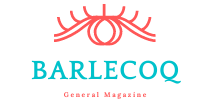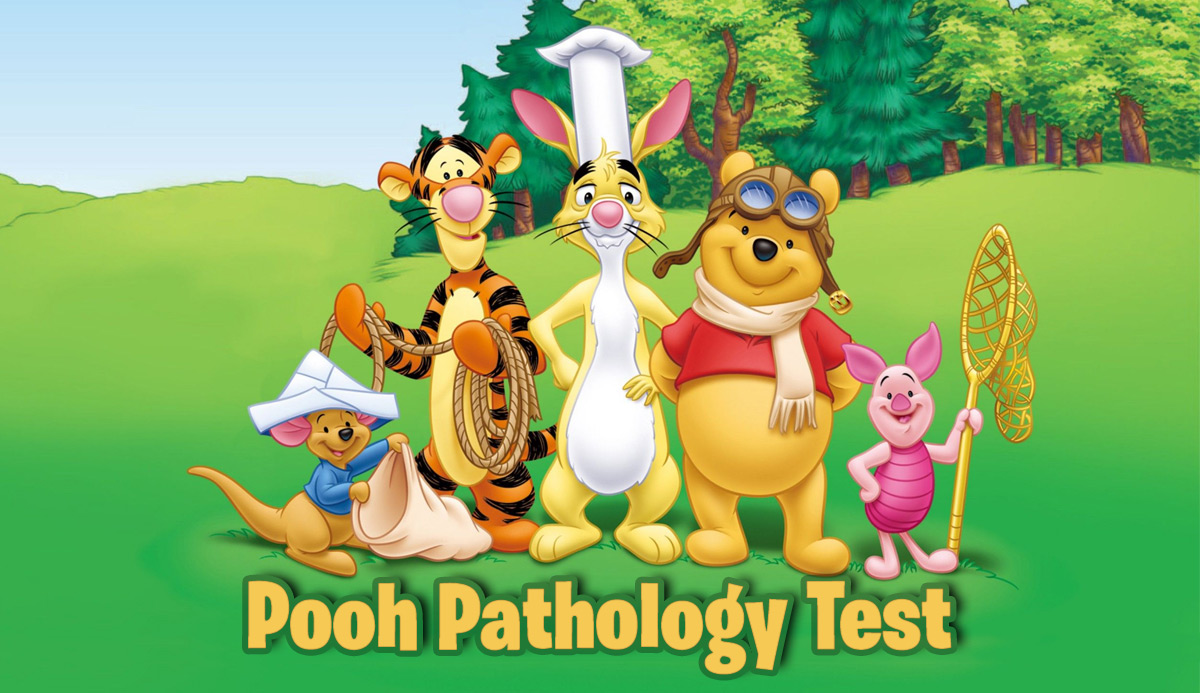This Pooh pathology test will determine whether you have a Winnie The Pooh condition. The quiz is updated regularly, and it is the most accurate of the various quizzes available.
A thorough examination revealed that the bear suffered from multiple disorders, with Attention Deficit Hyperactivity Disorder (ADHD) being the most severe. The patient’s incapacity characterizes this psychiatric illness to pay attention to and their high activity levels. Pooh’s concern with eating, as well as his obsessive counting actions, according to the CMA study, “raise the likelihood of developing OCD.”
According to the findings of the CMA study, the small boy’s choice of name for his bear may have had a Freudian component (‘w*inner’ is a slang term for the male reproductive organ).
Robin’s fascination with “W*inner” may be founded on psychoanalytic theory, which claims that every person’s sexual drive affects their psyche.
His “risk-taking behaviors,” as well as his propensity to taste everything, are also included in his ADHD diagnosis. Piglet, Pooh’s confidante, and best friend were diagnosed with acute generalized anxiety disorder.
Pooh is the first character you’ll come across in the game. Sadly, this unhappy bear is an excellent illustration of comorbidity at work. His attention deficit hyperactivity disorder (ADHD) inattentive subtype is the most noticeable symptom of his condition (ADHD). Both of these causes have played a role in his excessive weight gain.
Pooh Pathology Test
Pooh’s fixation with eating and his need to count raises the possibility of OCD in him (OCD). Pooh has ADHD and OCD, so we’re wondering if he’ll get Tourette’s syndrome. Pooh is also described in the narrative as having a Very Small Brain. Because we don’t know the brown bear’s head circumference, we can’t determine if he has microcephaly. Pooh’s sluggish brain growth might be due to the act of storytelling itself.
Pooh is also in need of support. In addition, we believe it is time to take certain medications. A low-dose stimulant drug trial for Pooh’s life appears like it may make his life richer. Pooh, with the necessary supports, including methylphenidate, maybe more functioning and fit, and possibly write (and remember) more poetry. You should also take this pooh pathology test.
What about Piglet, the tiniest of the piglets? Piglet is a scared, blushing, and agitated little creature. In his situation, Generalized Anxiety Disorder (GAD) is present. If he had been appropriately evaluated and diagnosed when he was young, paroxetine, an anti-panic medicine, may have spared him from the emotional suffering he experienced while trying to catch Heffalumps
In addition, several of Winnie the Pooh’s characters may have been inspired by real-life variations. Then then, maybe we’ll never know for sure. In young children, disabilities such as dyslexia and short-term memory loss are frequent.
About the Quiz
‘Eeyore’ is afflicted with depression. He is perpetually pessimistic, never experiencing positive joy or excitement. Christopher Robin has schizophrenia.
The creatures in the Hundred Acre Wood gradually enlighten youngsters to the difficulties of adult life. Each of your favorite characters might be a representation of post-traumatic stress symptoms that you weren’t aware of at the time. Even though you are no longer a child, we may learn a lot from their exaggerated personality features.
The author’s skill keeps us from losing sight of the forest while focusing on specific trees. You’ll figure out what each of the Hundred Acre Wood’s adorable creatures means when you’ve played with them all. Most individuals will recognize themselves in these photographs, while some will recognize a family member or friend. Their cuteness may or may not assist you in comprehending how traumatic experiences affect us without (or with) our conscious awareness.









